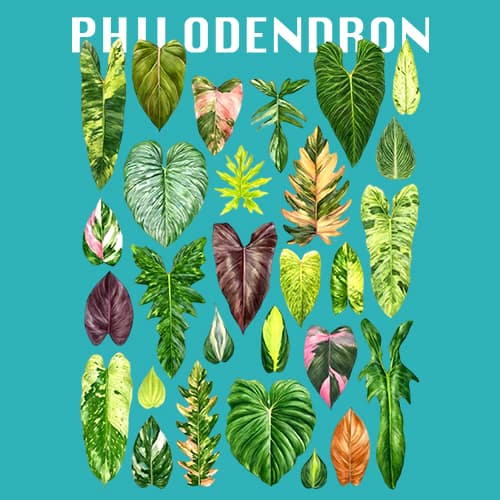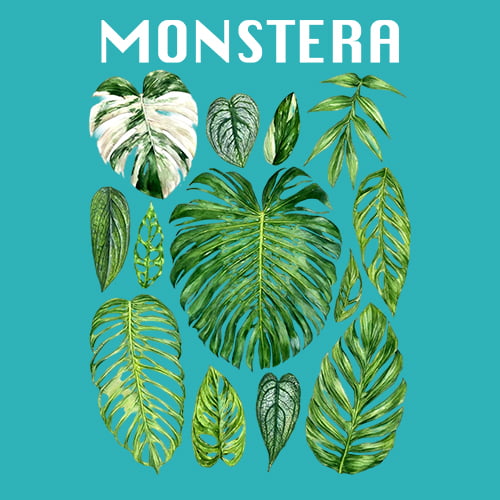Hibiscus, with their stunning trumpet-shaped flowers and vibrant colors, are a gardener’s delight. Whether you’re nurturing these tropical beauties indoors or enjoying their presence in your outdoor garden, understanding their unique needs is essential for their healthy growth and prolific blooming. In this article, I’ll share insights into hibiscus care and growing requirements, ensuring your plants thrive and reward you with their mesmerizing blooms.
Hibiscus Varieties
Hibiscus, encompassing over 200 species and numerous cultivars, belong to the mallow family and are native to warm tropical regions. These magnificent plants are known for their large, colorful flowers that can span up to 12 inches in diameter. While there are both perennial and annual varieties, their care requirements remain similar.
1. Hibiscus Acetosella
2. Hibiscus Aculeatus
3. Hibiscus Aethiopicus
4. Hibiscus Aponeurus
5. Hibiscus Arnottianus
6. Hibiscus Bifurcatus
7. Hibiscus Biseptus
8. Hibiscus Boryanus
9. Hibiscus Brackenridgei
10. Hibiscus Caesius
11. Hibiscus Calyphyllus
12. Hibiscus Cameronii
13. Hibiscus Cannabinus
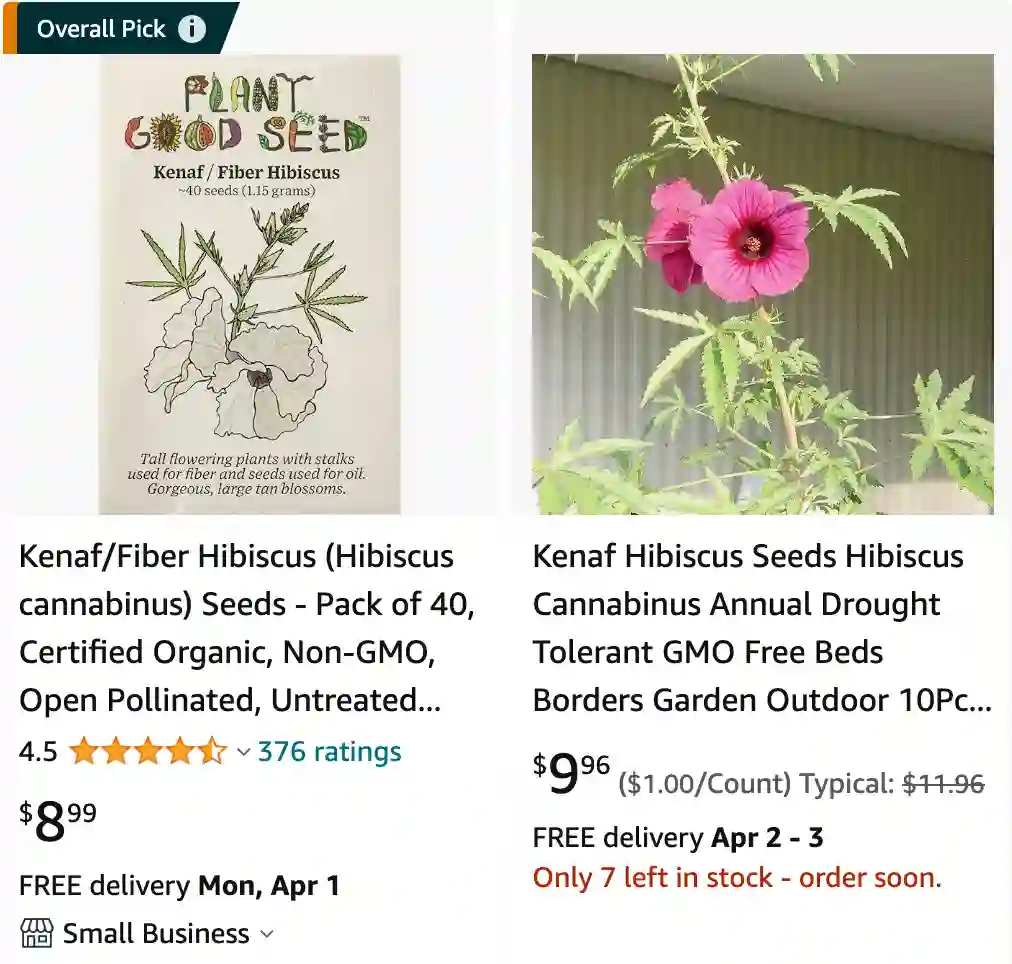
14. Hibiscus Clayi
15. Hibiscus Clypeatus (Congo Mahoe)
16. Hibiscus Coccineus
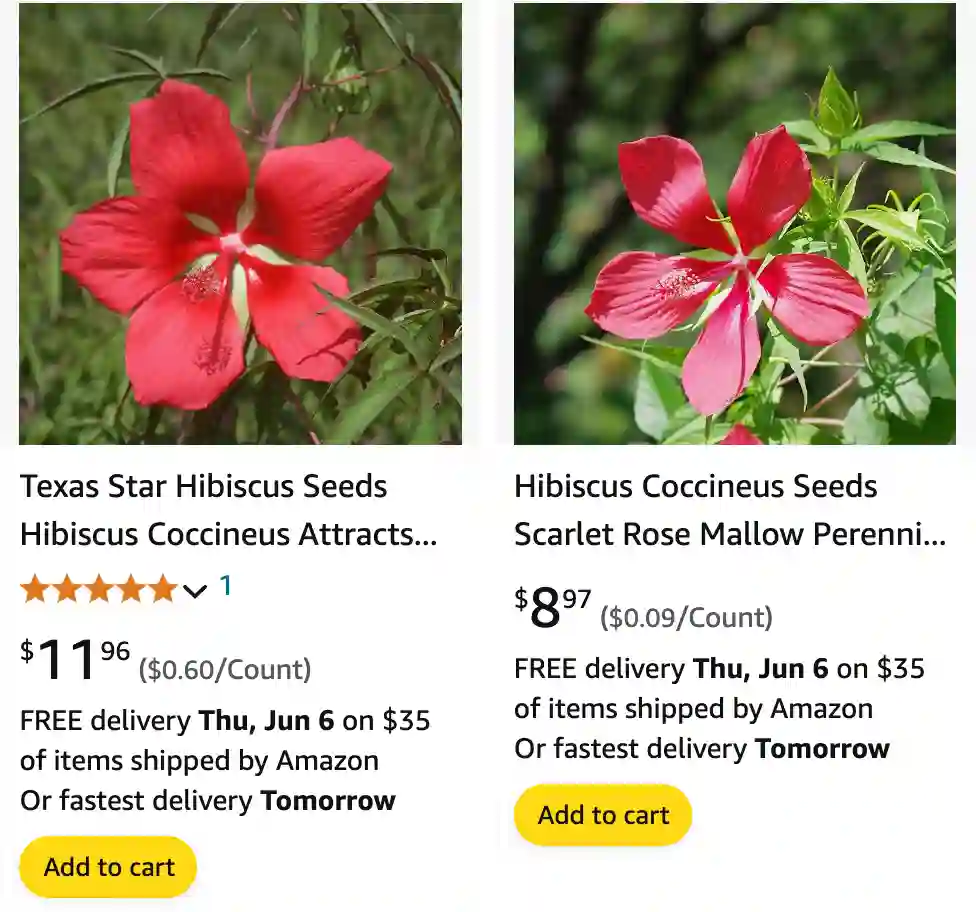
17. Hibiscus Columnaris
18. Hibiscus Coulteri
19. Hibiscus Dasycalyx
20. Hibiscus Denudatus
21. Hibiscus Dioscorides
22. Hibiscus Diriffan
23. Hibiscus Diversifolius
24. Hibiscus Elatus
25. Hibiscus Engleri
26. Hibiscus Erlangeri
27. Hibiscus Escobariae
28. Hibiscus Fragilis
29. Hibiscus Furcellatus
30. Hibiscus Genevii
31. Hibiscus Grandiflorus
32. Hibiscus Grewiifolius
33. Hibiscus Hamabo
34. Hibiscus Hastatus
35. Hibiscus Heterophyllus
36. Hibiscus Hirtus
37. Hibiscus Hispidissimus
38. Hibiscus Hybridus
39. Hibiscus Insularis
40. Hibiscus Kokio
41. Hibiscus Laevis
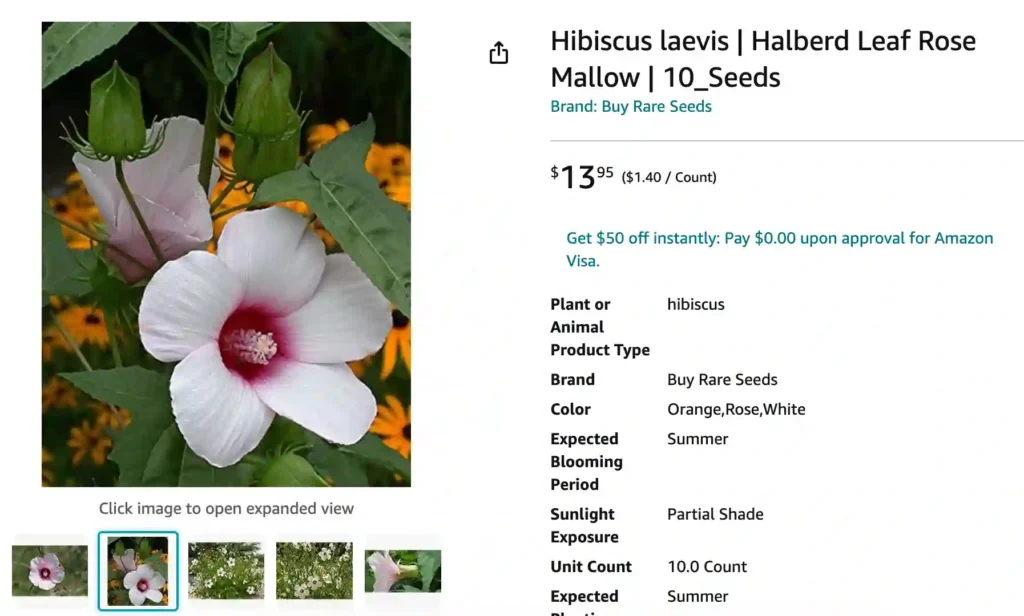
42. Hibiscus Lasiocarpos
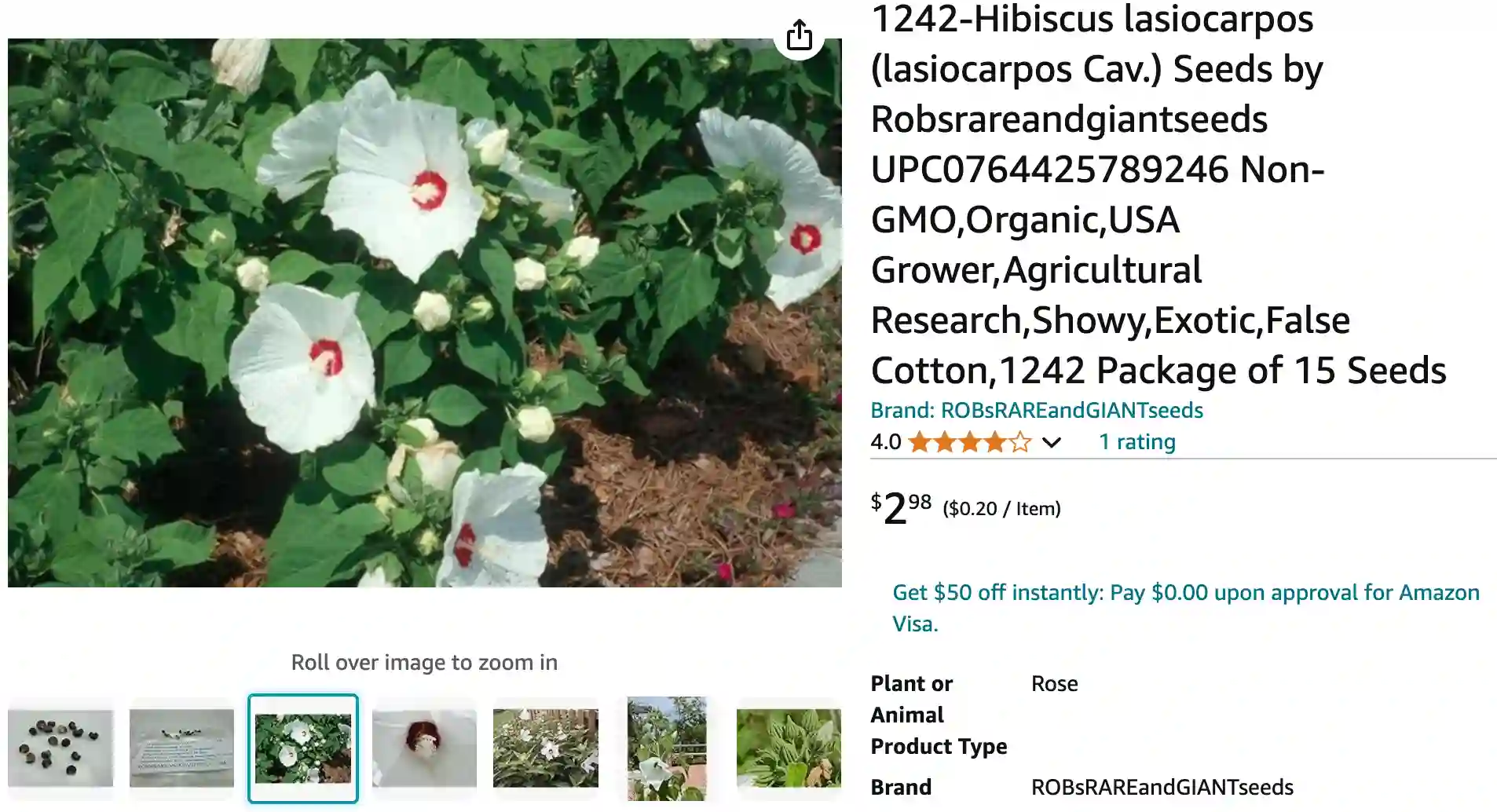
43. Hibiscus Leptocladus
44. Hibiscus Lilacinus
45. Hibiscus Liliiflorus
46. Hibiscus Lunariifolius
47. Hibiscus Macilwraithensis
48. Hibiscus Macrophyllus
49. Hibiscus Macropodus
50. Hibiscus Makinoi
51. Hibiscus Malacophyllus
52. Hibiscus Martianus
53. Hibiscus Mesnyi
54. Hibiscus Moscheutos
55. Hibiscus Mutabilis
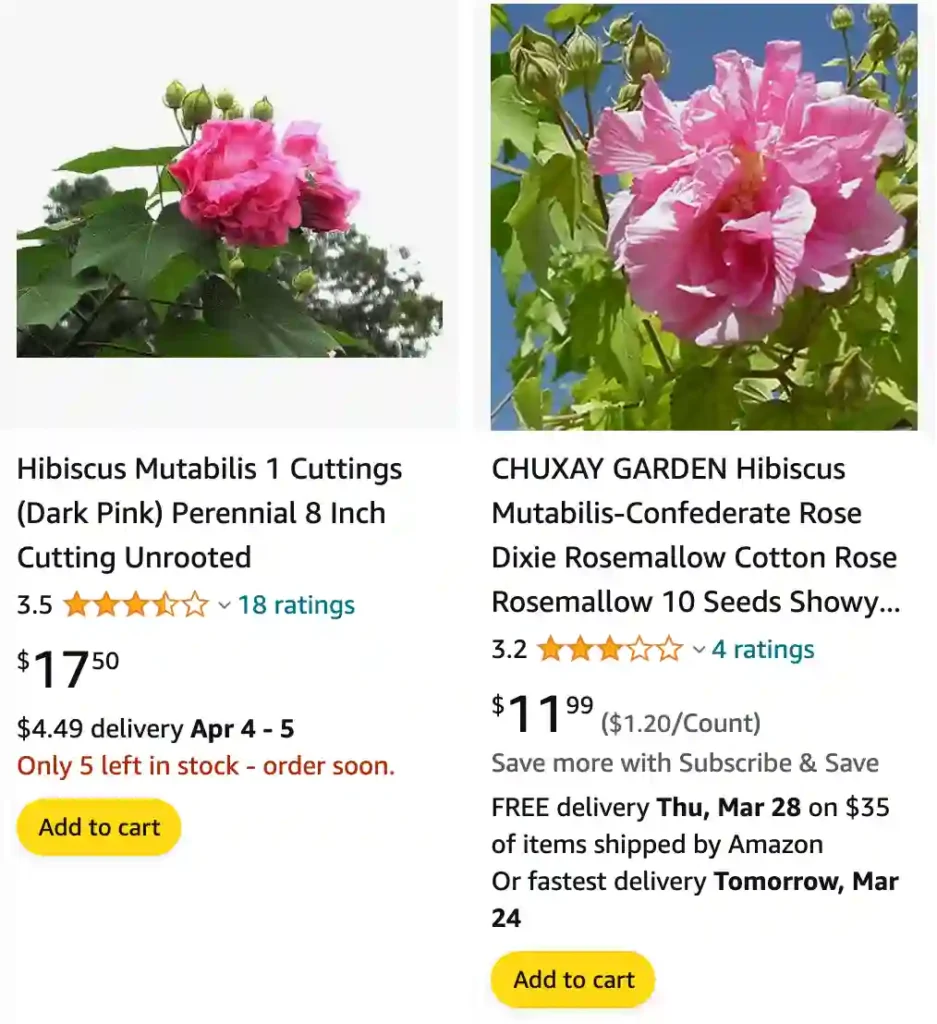
56. Hibiscus Paramutabilis
57. Hibiscus Phoeniceus
58. Hibiscus Platanifolius
59. Hibiscus Pusillus
60. Hibiscus Quattenensis
61. Hibiscus Poeppigii
62. Hibiscus Radiatus
63. Hibiscus Rosa Sinensis
64. Hibiscus Sabdariffa
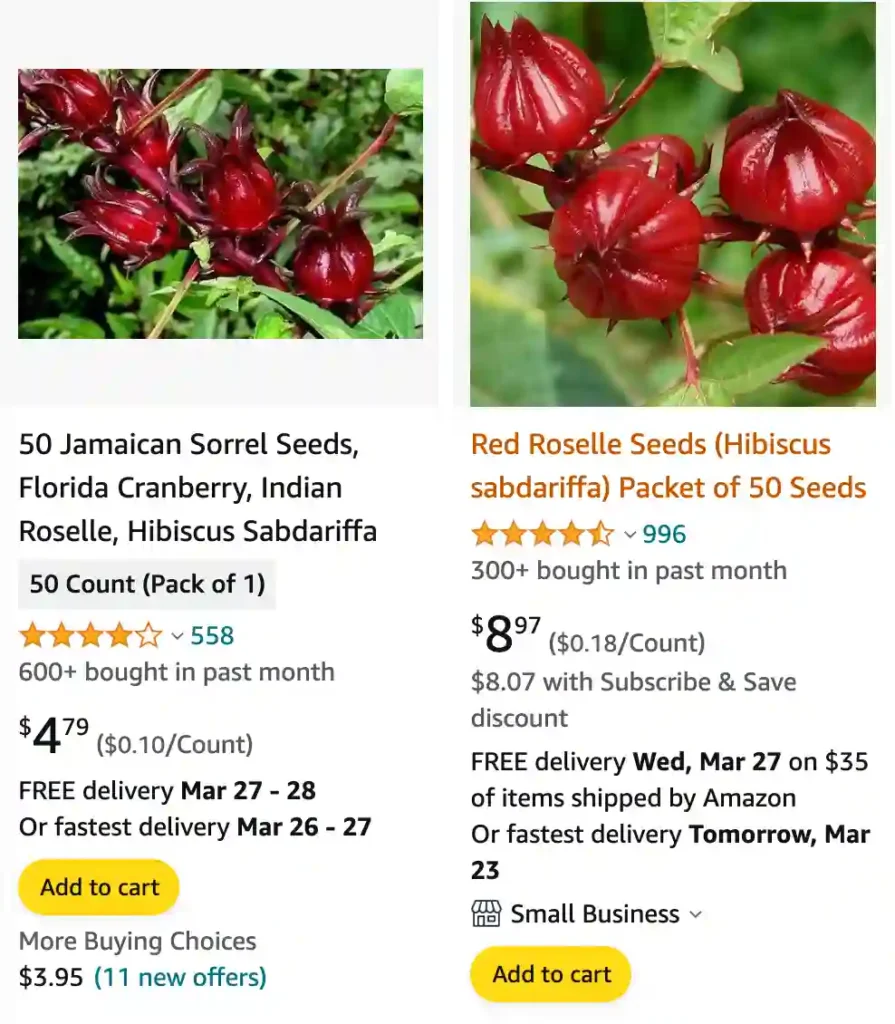
65. Hibiscus Schizopetalus
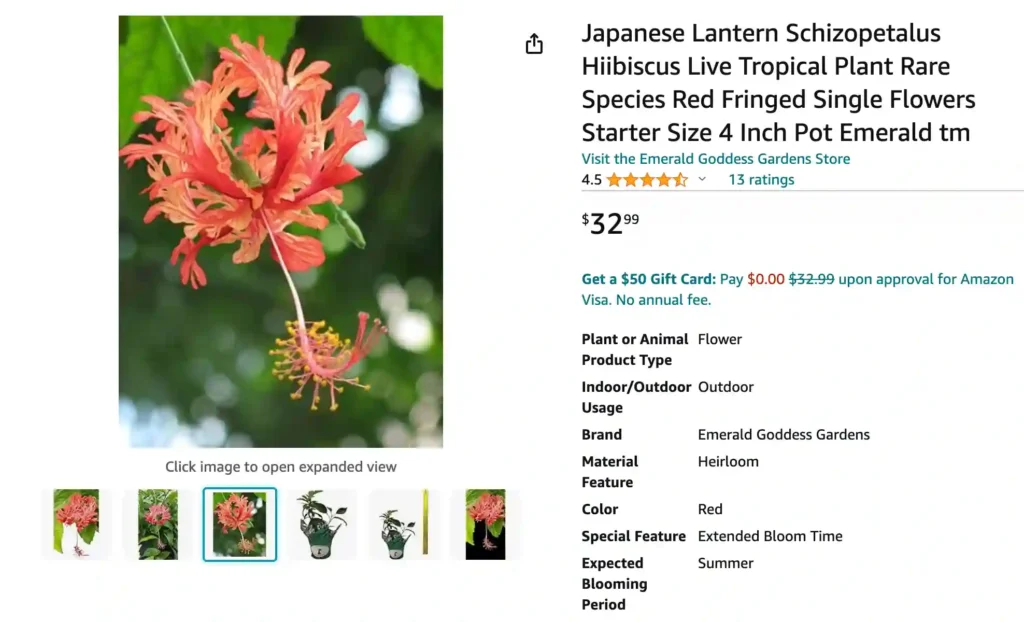
66. Hibiscus Scottii
67. Hibiscus Socotranus
68. Hibiscus Sinosyriacus
69. Hibiscus Splendens
70. Hibiscus Stenanthus
71. Hibiscus Striatus
72. Hibiscus Sturtii
73. Hibiscus Syriacus
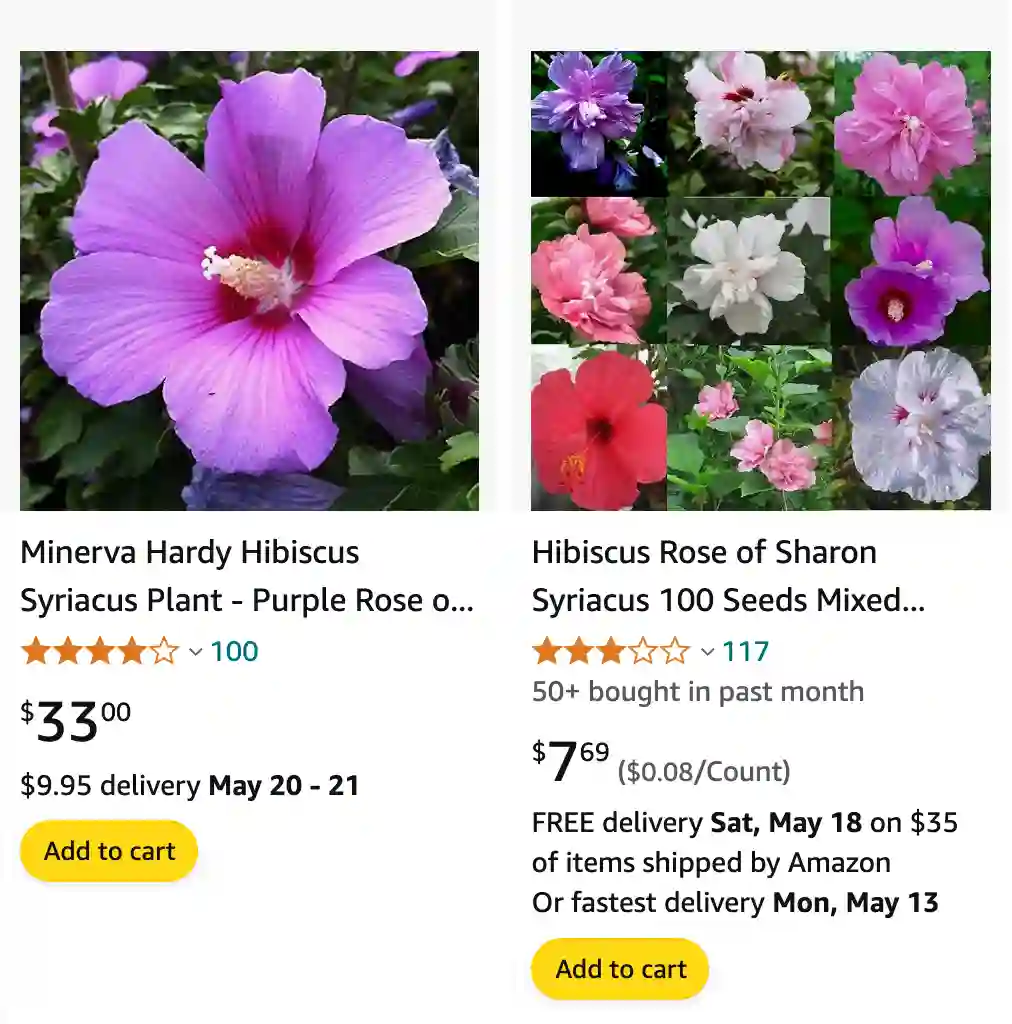
74. Hibiscus Taiwanensis
75. Hibiscus Tiliaceus
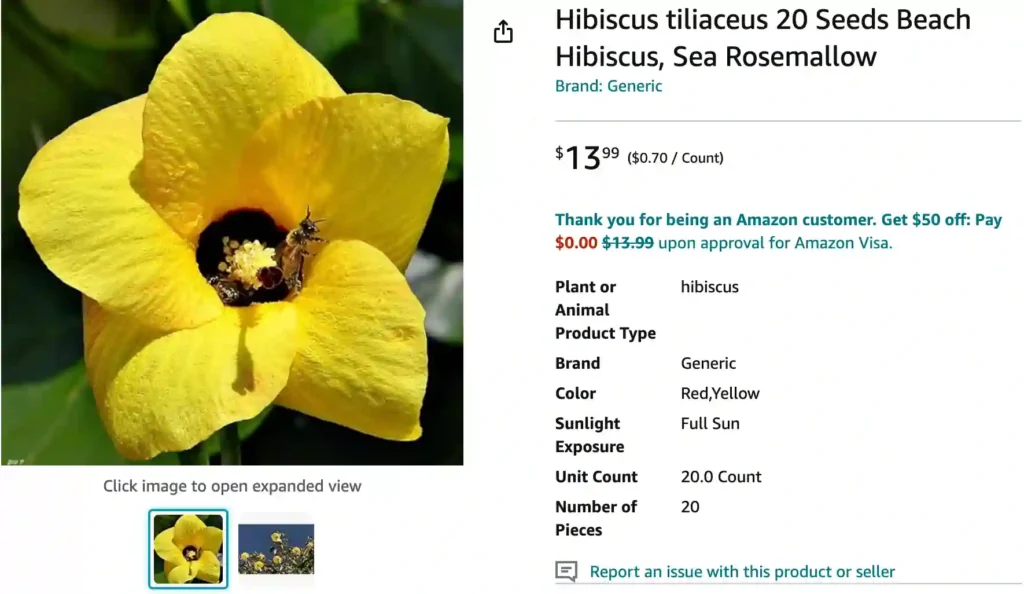
76. Hibiscus Tiliaceus Variegata
77. Hibiscus Tozerensis
78. Hibiscus Trilobus
79. Hibiscus Trionum
80. Hibiscus Vitifolius
81. Hibiscus Waimeae
82. Hibiscus Esculentus
83. Hibiscus Ficulneus L.
84. Hibiscus Manihot L.
85. Hibiscus Abelmoschus
86. Hibiscus Sagittifolius
87. Hibiscus Hakeifolius
88. Hibiscus Patersonius
89. Hibiscus Pentacarpos
90. Hibiscus Lampas
91. Hibiscus Populneoides
92. Hibiscus Woodbridge
93. Hibiscus Blue Chiffon
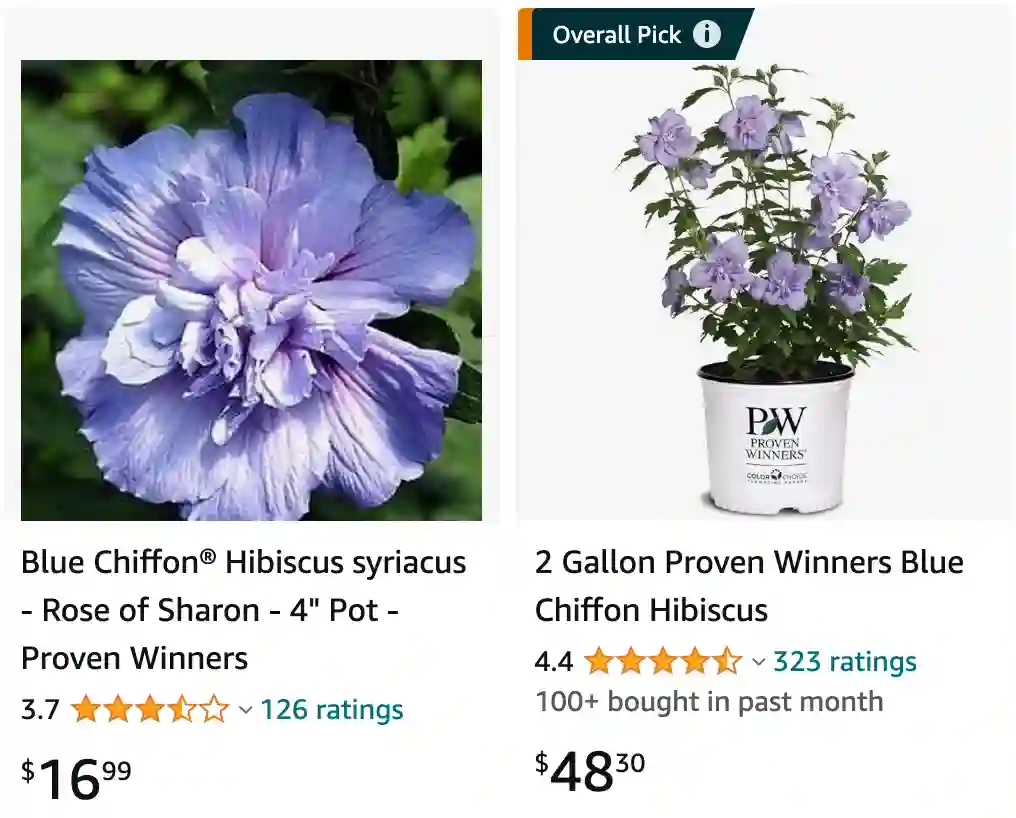
94. Hibiscus Blue Bird
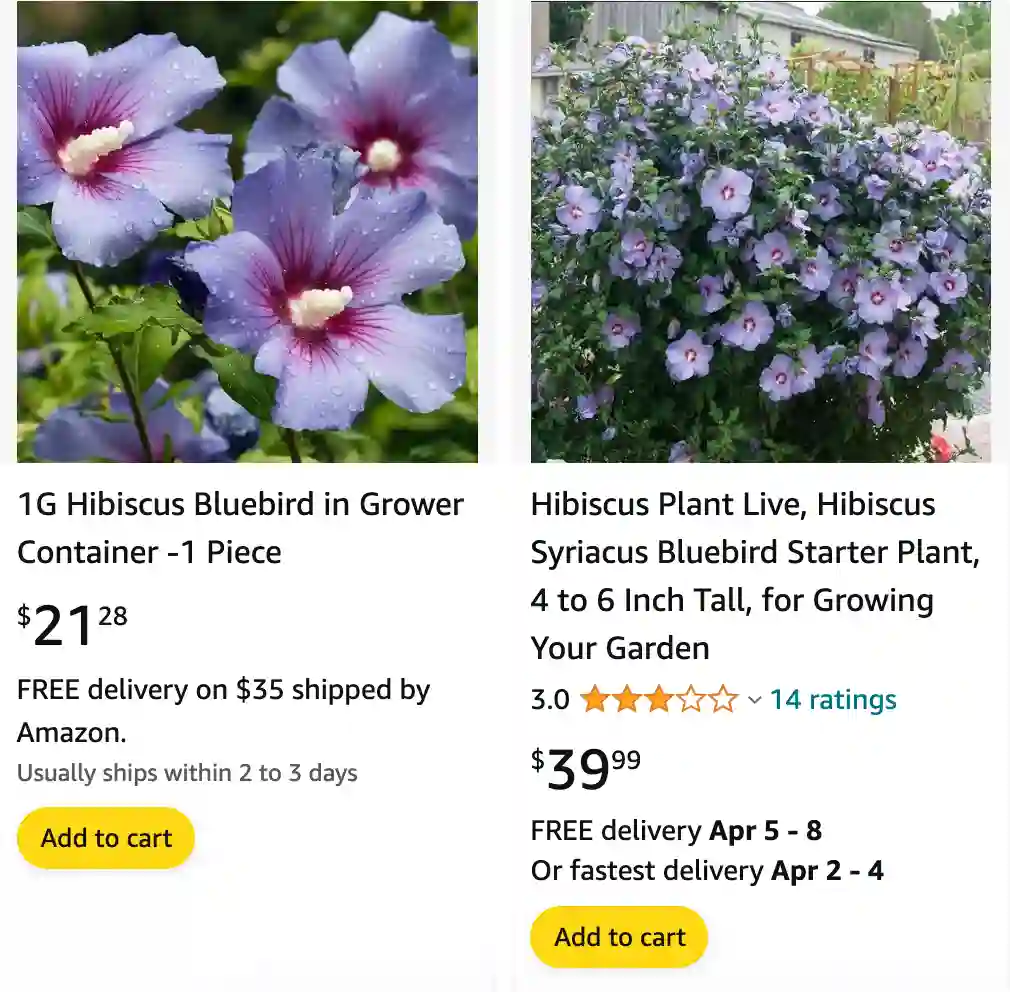
95. Hibiscus Marina
96. Hibiscus Hollywood
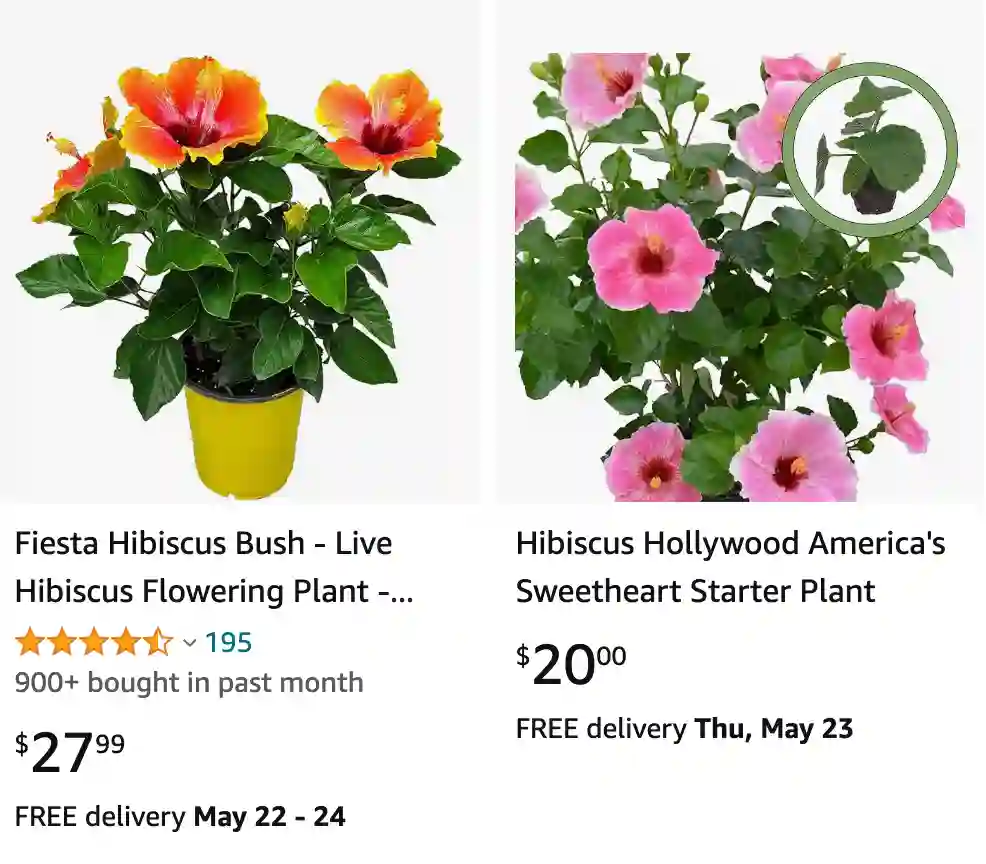
97. Hibiscus Ardens
98. Hibiscus Pink Chiffon
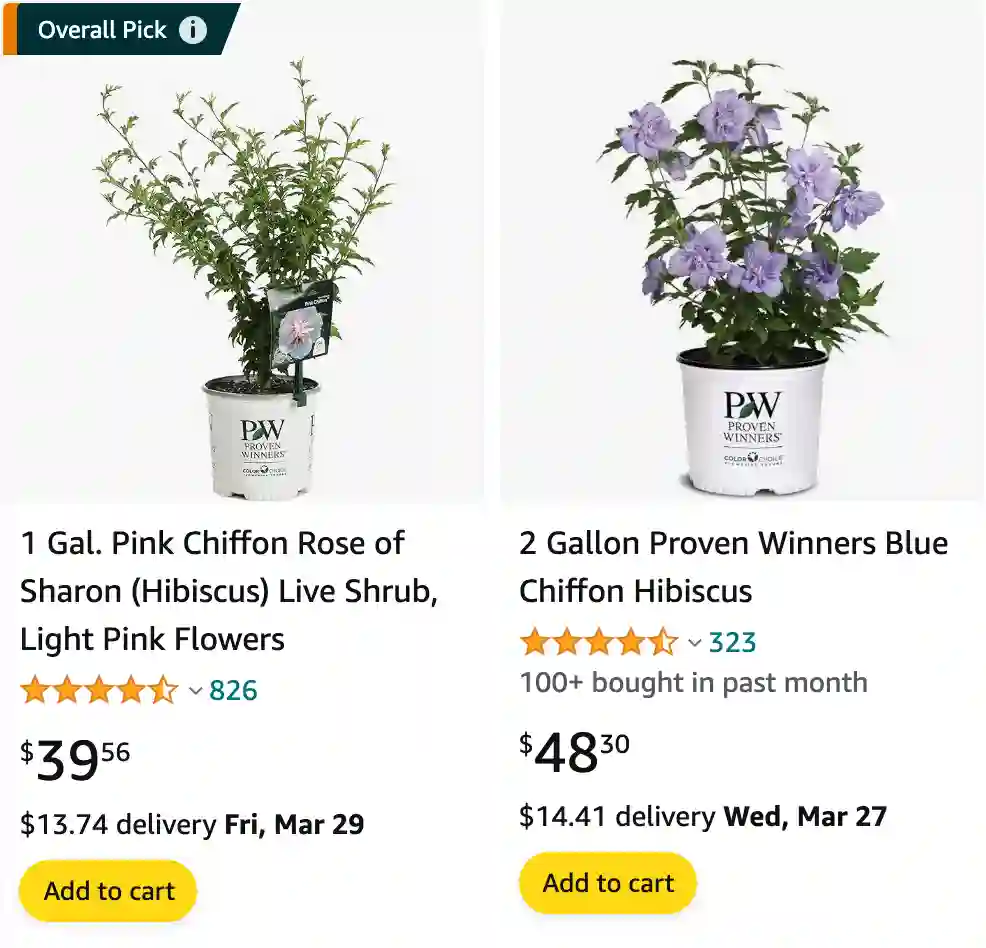
99. Hibiscus Lady Stanley
100. Hibiscus Speciosus
101. Hibiscus Purple Pillar
102. Hibiscus Perfect Storm
103. Hibiscus Summer In Paradise
104. Hibiscus Diana

105. Hibiscus Gumamela
106. Hibiscus Starburst Chiffon
107. Hibiscus Kopper King
108. Hibiscus Longlife
109. Hibiscus Russian Violet
110. Hibiscus Summer Storm
111. Hibiscus Spinderella
112. Hibiscus Head Over Heels
113. Hibiscus Ultramarine
114. Hibiscus Rubra
115. Hibiscus El Capitolio
116. Hibiscus Adonicus
117. Hibiscus Butterfly
118. Hibiscus Fiji
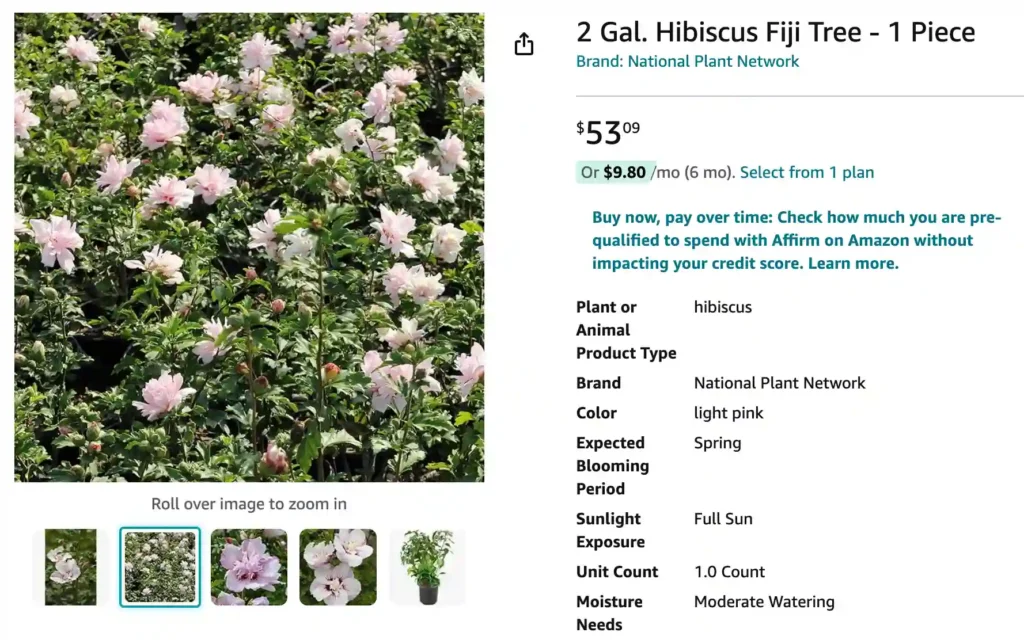
Planting Your Hibiscus
When to Plant Hibiscus
Hibiscus can be grown from young plants or seeds. If you’re opting for young plants, spring is the ideal time for planting. For those choosing to start from seeds, consider indoor sowing 12 weeks before the last spring frost or direct outdoor sowing after the last expected frost date.
Choosing and Preparing a Planting Site
- Sunlight: Hibiscus thrive in full sun, but they can tolerate partial sun. However, to ensure abundant flowering, it’s best to provide them with plenty of sunlight.
- Soil Quality: Well-draining soil enriched with organic matter is essential for hibiscus. A slightly acidic to neutral pH level is ideal.
- Protection from Wind: Hibiscus plants can have long, delicate stems that are prone to breakage in strong winds. Plant them in a location shielded from heavy gusts.
How to Plant Hibiscus
- For potted hibiscus plants, ensure their stems are at the soil surface.
- To root cuttings in the spring, take 5 to 6-inch branches, remove lower leaves, and plant them in a mix of sand and peat.
- Provide adequate spacing, considering the potential height and width of mature plants.
- Water newly planted hibiscus thoroughly.
Growing Healthy Hibiscus
How to Care for Hibiscus
- Hibiscus require frequent, deep watering, especially when young.
- Mulch around the plant to retain moisture and protect roots during winter.
- Encourage reblooming by deadheading spent flowers or pruning plants back after blooming.
- Remember that perennial hibiscus will freeze back in winter, so cut old stems to the ground in late winter or early spring.
Fertilizing Your Hibiscus
- Hibiscus are heavy feeders and benefit from a balanced fertilizer high in potassium and nitrogen.
- Use a half-strength formulation every 2-3 weeks during the growing season for outdoor plants.
- Indoors, apply a ½-strength fertilizer monthly in spring and summer, less frequently in winter.
Pruning Hibiscus
- Prune hibiscus in late winter to encourage bushier growth.
- Don’t hesitate to give your plant a thorough pruning if you want to maintain a smaller size.
- Be aware that pruning may delay flowering, as it removes flower buds along with foliage.
Propagating Your Hibiscus
- The easiest method is through vegetative cuttings.
- Take 3″-5″ cuttings, dip in rooting hormone, and plant in a well-lit area.
- After 3-5 weeks, they should develop strong roots and can be transplanted.
Troubleshooting Common Problems
Yellow Leaves
- Caused by abrupt changes in soil moisture, air temperature, or drafts.
- Avoid excessive watering, especially with older varieties.
- Ensure proper fertilization.
Bud Drop
- Caused by extreme temperatures.
- Maintain daytime temperatures of 65°F-75°F for bud development.
- Prevent drafts, provide consistent watering, and adequate light.
Pests
- Aphids and spider mites are common pests.
- Keep foliage clean by regular washing.
- Use insecticidal soap or appropriate insecticides as needed.
Conclusion
Hibiscus, with their captivating blooms and vibrant foliage, are a fantastic addition to any garden or indoor plant collection. By understanding their specific care requirements, you can enjoy these tropical wonders in all their glory. Whether you’re a seasoned gardener or a novice, growing and caring for hibiscus can be a rewarding experience that adds a touch of exotic beauty to your life. So, embark on this hibiscus-growing journey and witness the spectacular transformation of your garden or indoor space. Happy gardening!

